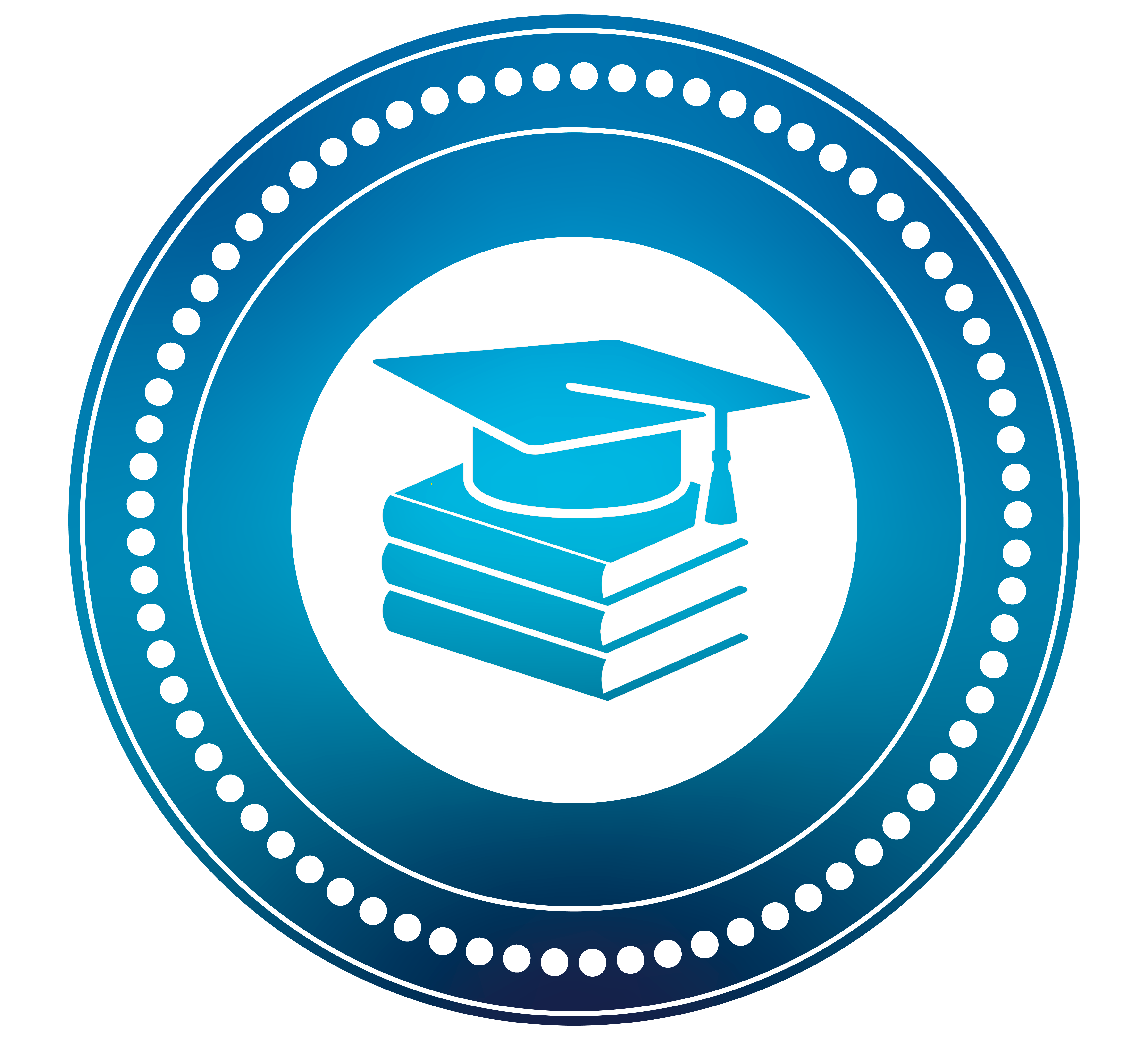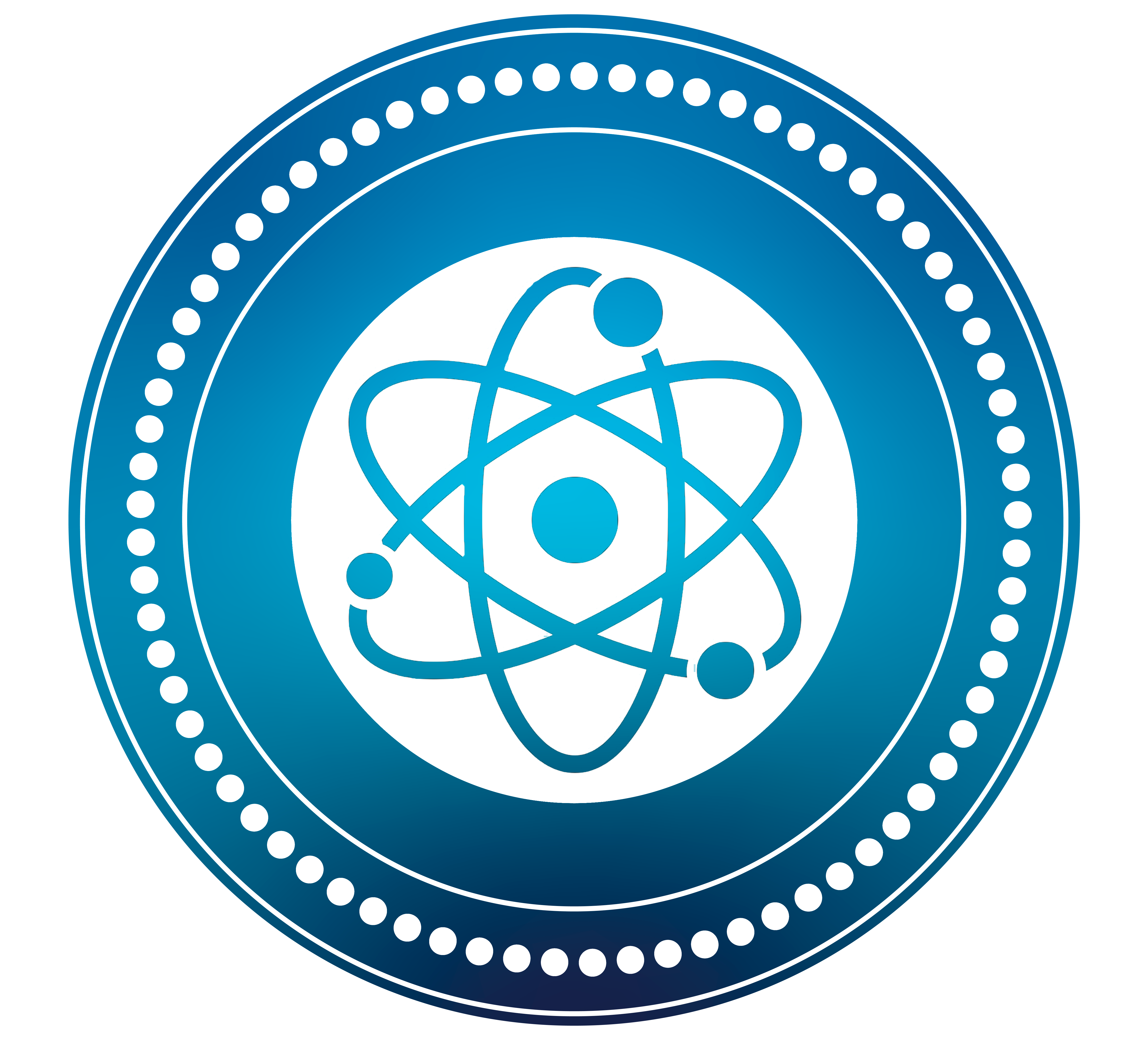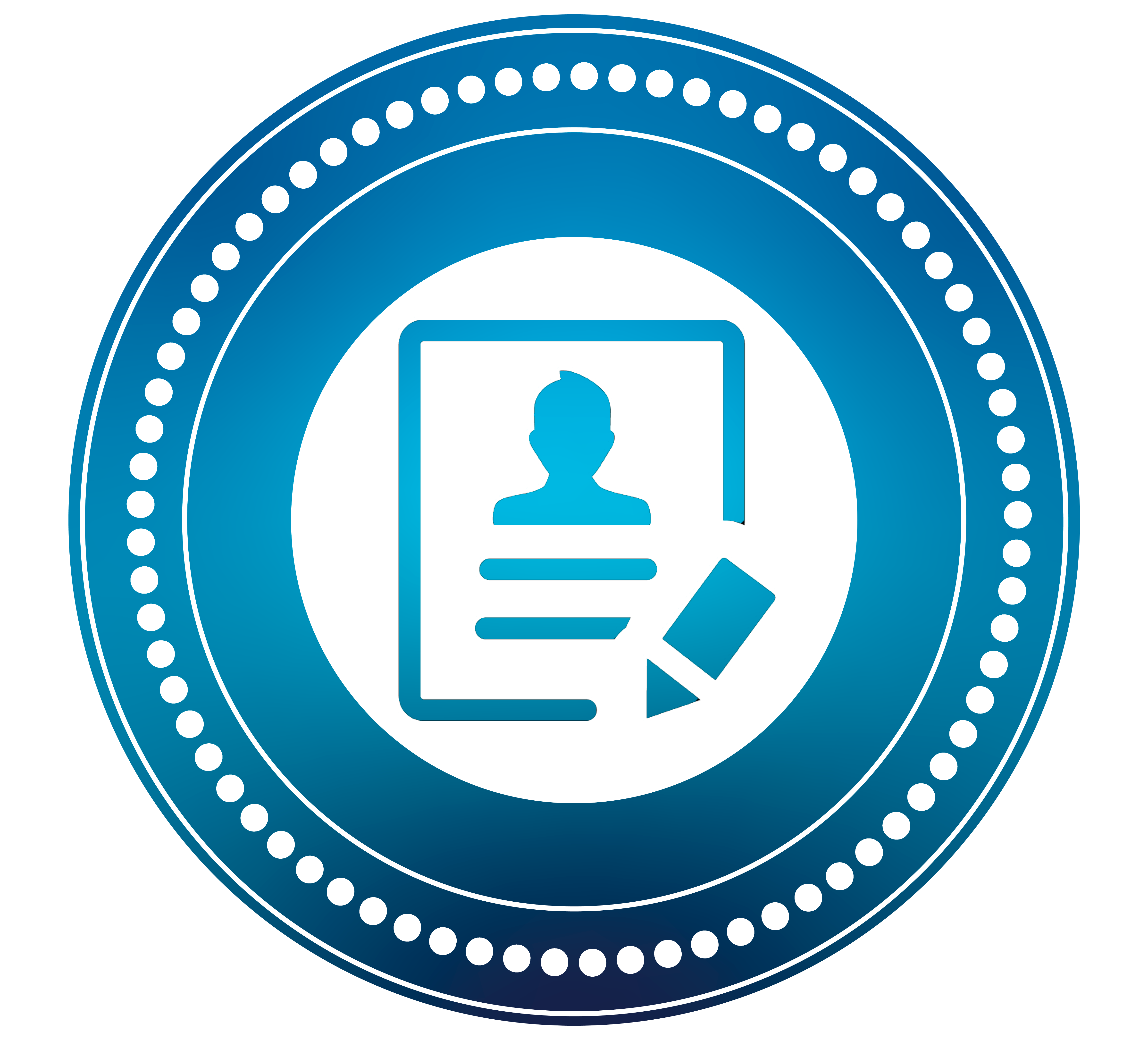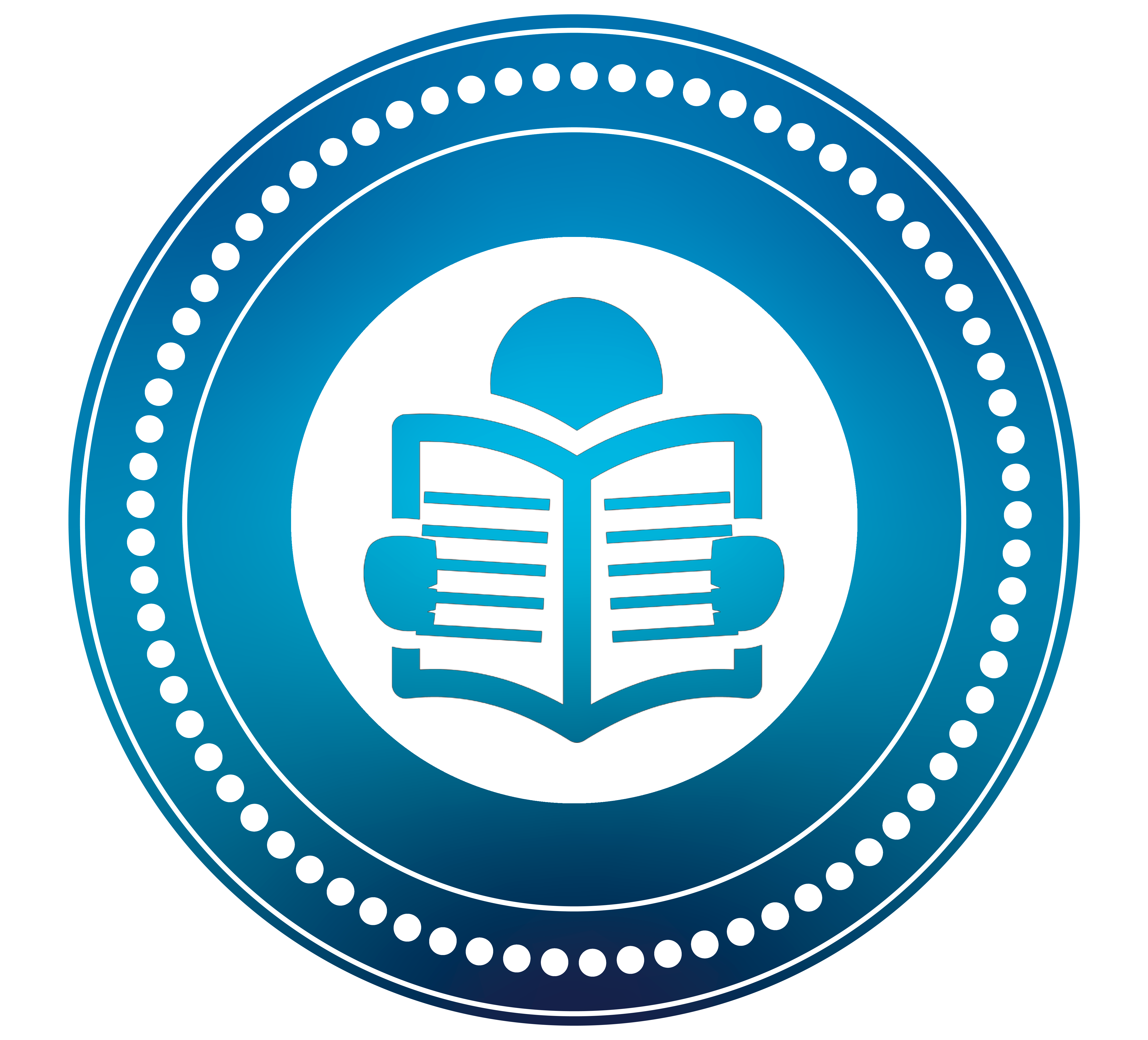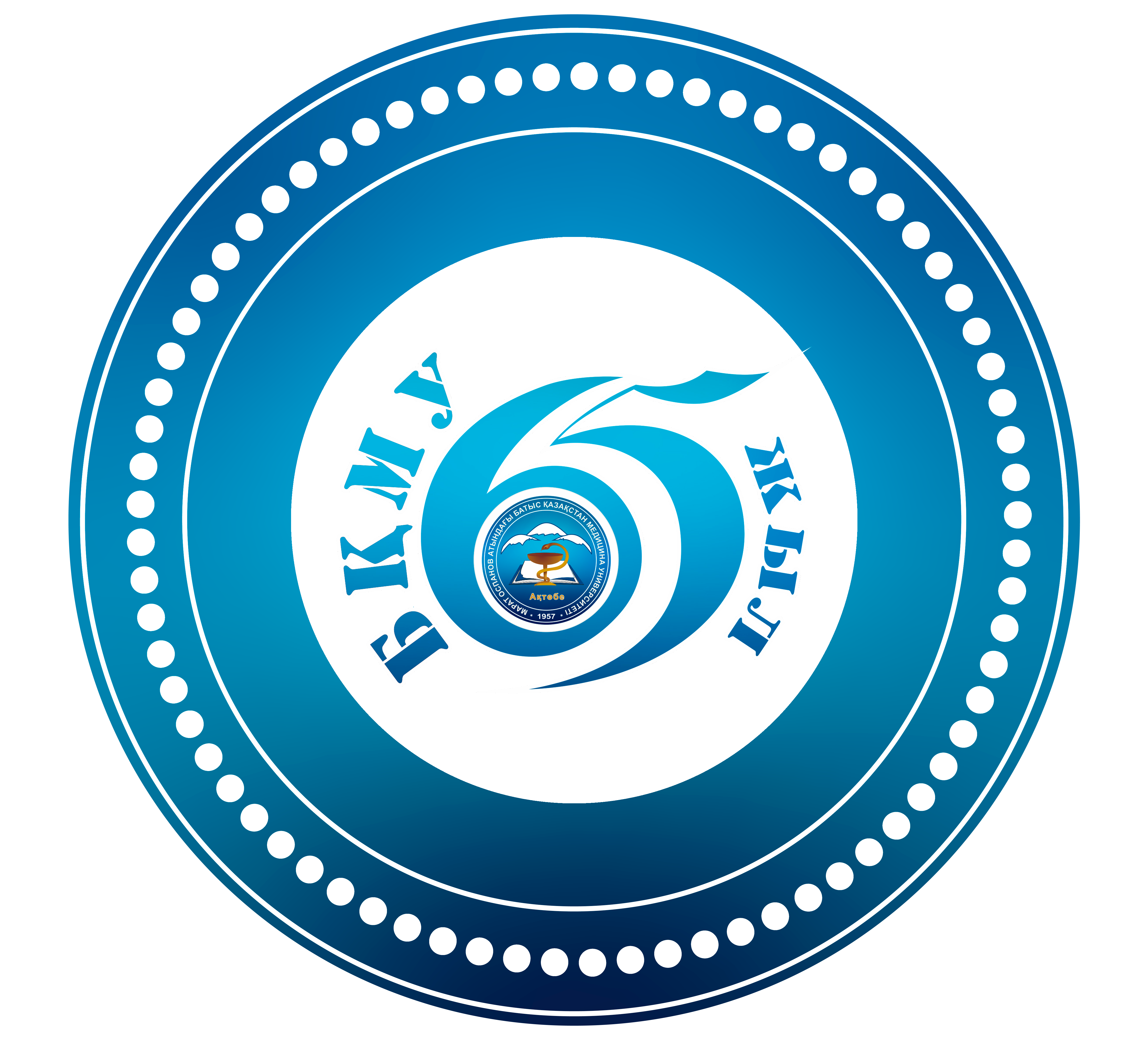Practice-oriented learning: experience and current trends

Modern global trends in medical education have changed the requirements for both the content and the educational technologies used. The basis for the success of the world’s best medical schools is a combination of key factors: the availability of resources, talented teachers and students, the development, modernization and implementation of educational programs focused on the final learning outcomes. Today, the educational process is primarily focused on the formation of professional competence of doctors.
Medical education is constantly updating modern approaches to teaching and learning, and today more than ten innovative trends in educational technologies have been classified, such as digital textbooks, artificial intelligence, virtual classrooms, the influence of social media, open online learning, media literacy, gamification, inverted learning, etc.
In order to implement an education based on a competence-based approach, the areas of competence of students and teachers are defined: from the development of a curriculum to the introduction of innovative learning technologies and assessment at different levels of education.
The most important responsibility of any teacher is to achieve the final learning outcomes and form the key competencies of a future doctor.
The introduction of innovative training technologies is another important aspect of effective medical education, which makes it possible to prepare a future healthcare specialist in accordance with the requirements and expectations of society.
Simulation learning is an attractive solution to provide educational opportunities that fill learning gaps while minimizing risk to patients. Patients in intensive care units require invasive procedures and effective team work, in which case simulation training is suitable for safe learning and practicing both technical and team skills necessary for intensive care practice. The simulation can be used both to train students and medical professionals to work effectively as a team in an emergency situation, and to allow each team member to practice performing their individual task correctly so that they can best help a real patient in this life-threatening situation.
Thus, the specifics of the medical profession dictate the high responsibility of both teachers of medical universities and students for ensuring the quality of education received, the joint responsibility of each participant in the educational process for the final result of training, the introduction and improvement of educational programs and training technologies that meet the needs of society and time, the ultimate goal of which is to preserve and enhance the health of the population of each country. One of the main advantages of practice-oriented training is the development of professional skills. This method allows you to apply theoretical knowledge in practice, which contributes to a deeper understanding of the material.



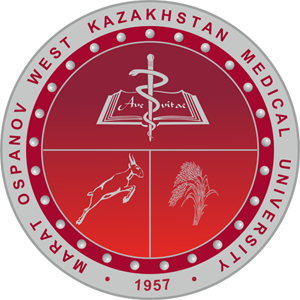 Marat Ospanov West Kazakhstan Medical University
Marat Ospanov West Kazakhstan Medical University